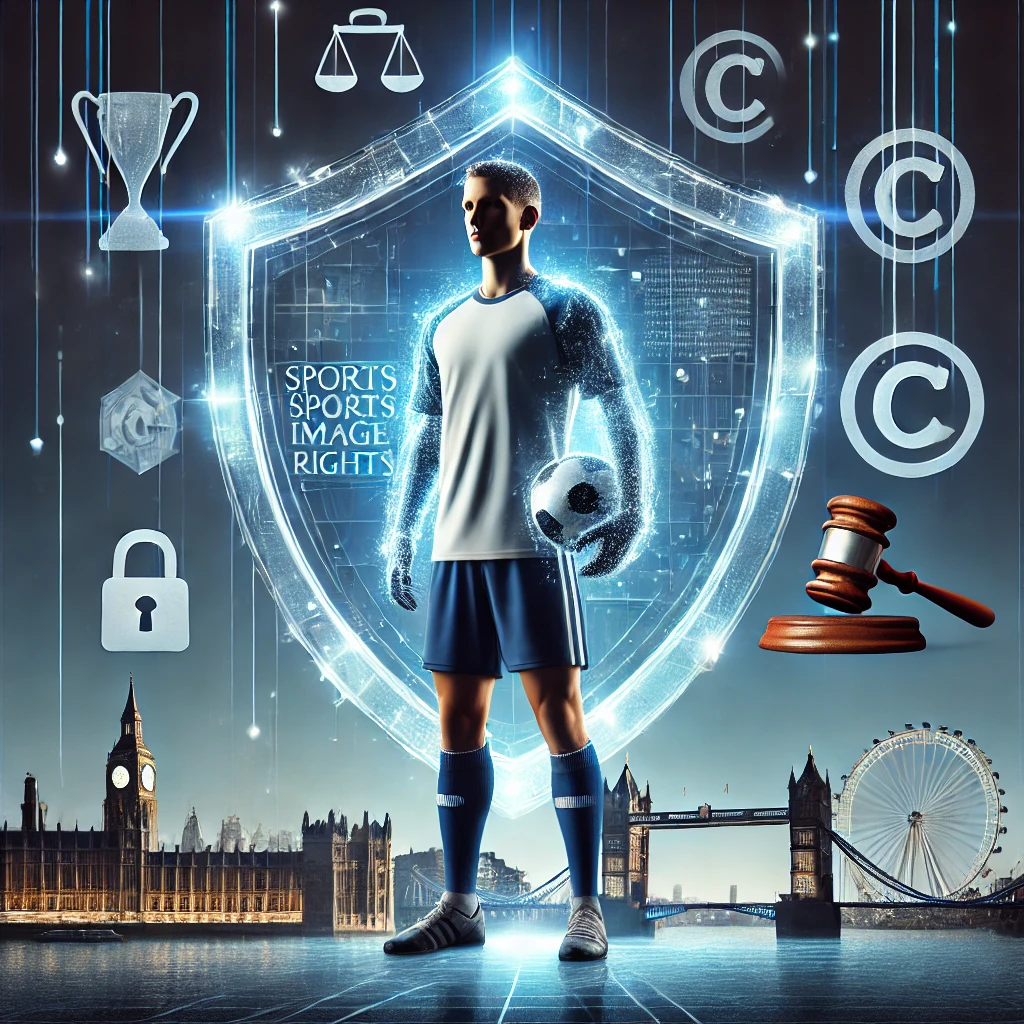PROTECTING SPORTS IMAGE RIGHTS IN THE UNITED KINGDOM

Sports image rights are very valuable and widely defined.
See the judicial definition in the English case of Proactive Sports Management v Rooney of 2011.
They include a person’s name, including nick name, initials, image and likeness and other personal and distinctive characteristics, including lifestyle. They also cover football shirts or squad numbers, signatures and slogans, as well as sporting gestures, such as the so-called ‘Fosbury Flop’ – a particular style of jumping used in the high jump – and the Jonny Wilkinson cradle kicking ritual.
An example of the wide-ranging nature of sports image rights is the recent partnership between the Manchester City FC striker, Erling Haaland, and the popular mobile game “Clash of Clans” in which Haaland’s in-game character is the first to be based on a real-life person.
As mentioned, sports image rights are a very valuable commodity and provide an additional source of income for many well-known sportspersons. For example, Cristiano Ronaldo’s CR7 brand for clothing is a very lucrative add-on for him. As such, they are jealously defended.
Under English law, sports image rights, as such, are not recognised and are legally protected by a rag bag of rights.
These include the Common Law tort of ‘Passing Off’; Intellectual Property Law, especially registered trademarks; Statutory Rights, such as the Data Protection Act of 2018, under which images of identifiable people are regarded as personal data, which can only be used with consent; and Industry Codes of Practice, such as the UK Advertising Standards Authority (ASA) Code, under which an unauthorised advertisement may be taken down, but damages may not be awarded.
As regards ‘Passing Off’, mention may be made of the leading English case of Eddie Irvine v TalkSport of 2002.
In that case, TalkSport had distributed a brochure including a photograph of the F1 driver, Eddie Irvine, published without his consent and doctored to feature him holding a radio accompanied by the words “Talk Radio”. It was claimed that this gave the impression that Irvine endorsed the radio station, which was not, in fact, the case. The Court agreed and awarded him damages.
In the UK, other high-profile persons, such as Roberto Carlos and Michael Douglas and Catherine Zeta-Jones, have used various legal means to defend their valuable images against their unauthorised use, namely the law of defamation and the law of confidence, respectively.
In view of the general legal situation in the UK, Sports Image Rights Agreements are important and should be very carefully drafted, especially the rights granted and the territories in which they apply should be precisely defined.
Finally, it should also be mentioned that sports image rights in the UK are recognised for tax purposes, particularly tax sheltering. See the so-called Sports Club case of 2000.
As will be appreciated from the above remarks, this is a complex area of the law and expert professional advice and assistance will be needed to protect and commercially exploit sports image rights effectively in practice.
We provide such advice and assistance, and further information is available from the Head of our UK Desk, Prof Dr Ian Blackshaw, by emailing him at blackshaw@valloni.ch.